Stonehenge - England
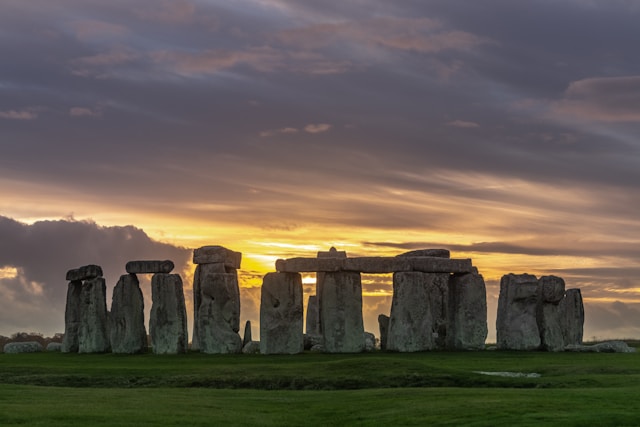
Constructed over 4,000 years ago in England, Stonehenge is made up of huge stones arranged in a perfect circle. Its purpose is still debated: it could have been a religious complex, an ancient astronomical observatory, or a burial site. The techniques used to transport and lift the heavy stones remain a mystery. This mysterious Neolithic monument is now a pilgrimage site for followers of Celtic beliefs.
Angkor Wat - Cambodia
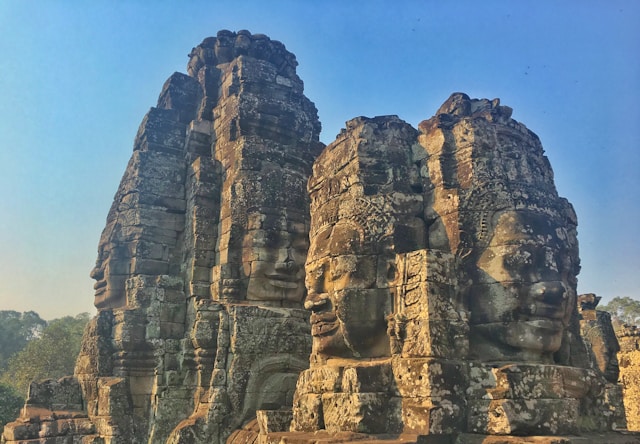
Built in the 12th century in Cambodia, Angkor Wat is an engineering mystery. Its astronomical orientation and intricate sculptures suggest a religious and cosmological function. How it was built in just 30 years remains a mystery. Many Western explorers misdated the temple, and no remains of worker settlements or excavation tools and materials have been found near the structure.
The Easter Island Statues - Chile
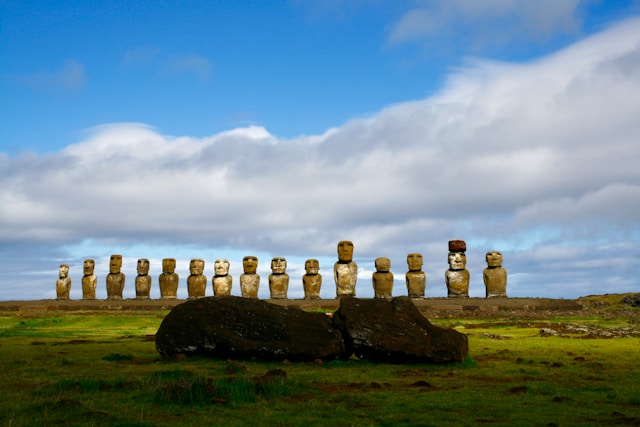
The giant stone heads, known as Moai, were carved by the island's early inhabitants. How they were transported is a subject of debate: some suggest the use of wooden logs as rollers, while others think they were "walked" using rocking techniques. Each MOI (the name of the statues) always has other body parts (torso and arms, some even legs and feet) even when only the huge head is visible on the surface. Each statue is different and features different carvings on the back.
Tikal
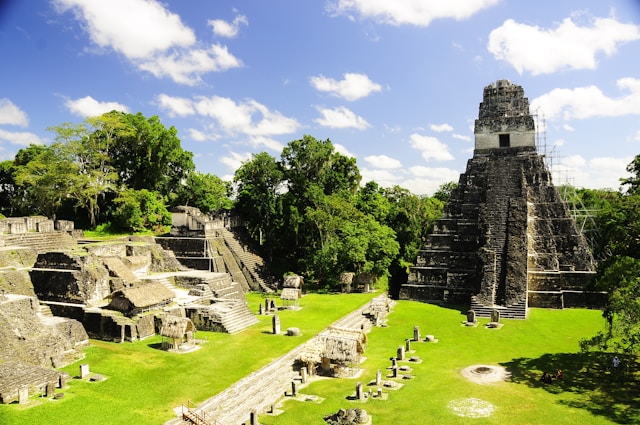
Located in the jungles of Guatemala, Tikal is one of the largest cities in the Maya world. Its advanced architecture, including temples and palaces, raises questions among scholars about how it developed and thrived in such a remote location.
Petra
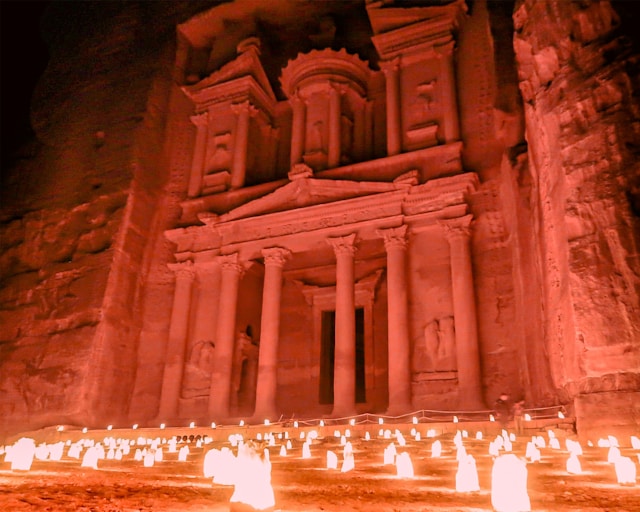
Carved directly into the rocks of Jordan, Petra is known for its stunning architecture. Its origin, construction techniques, and exact function of the buildings remain a mystery, along with the reasons for its decline.



